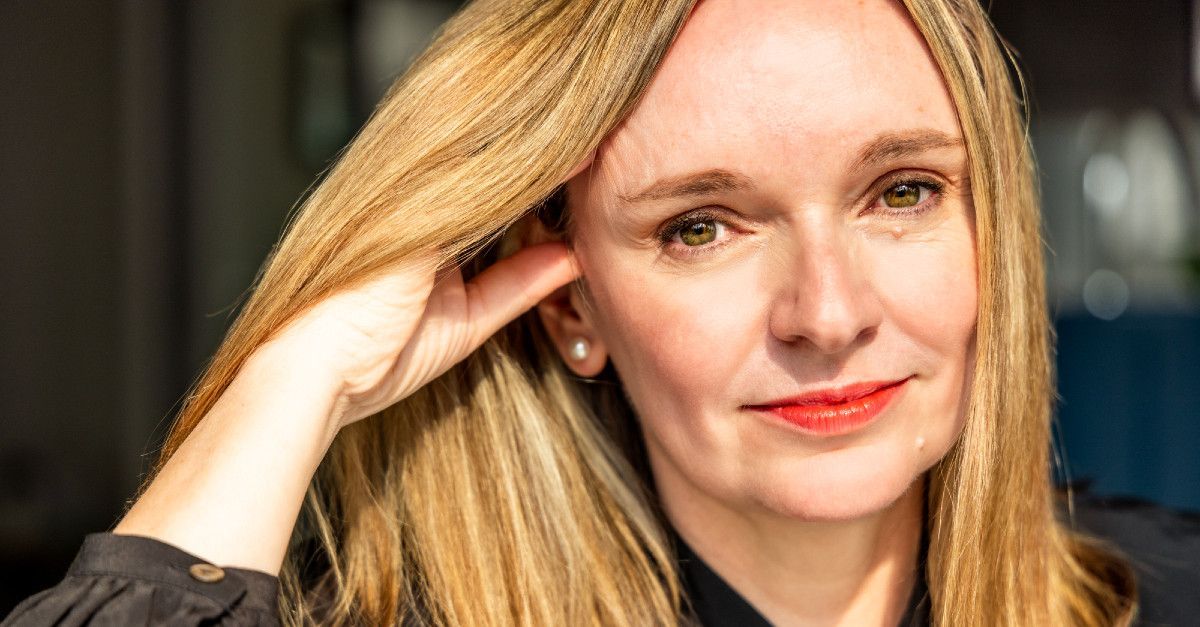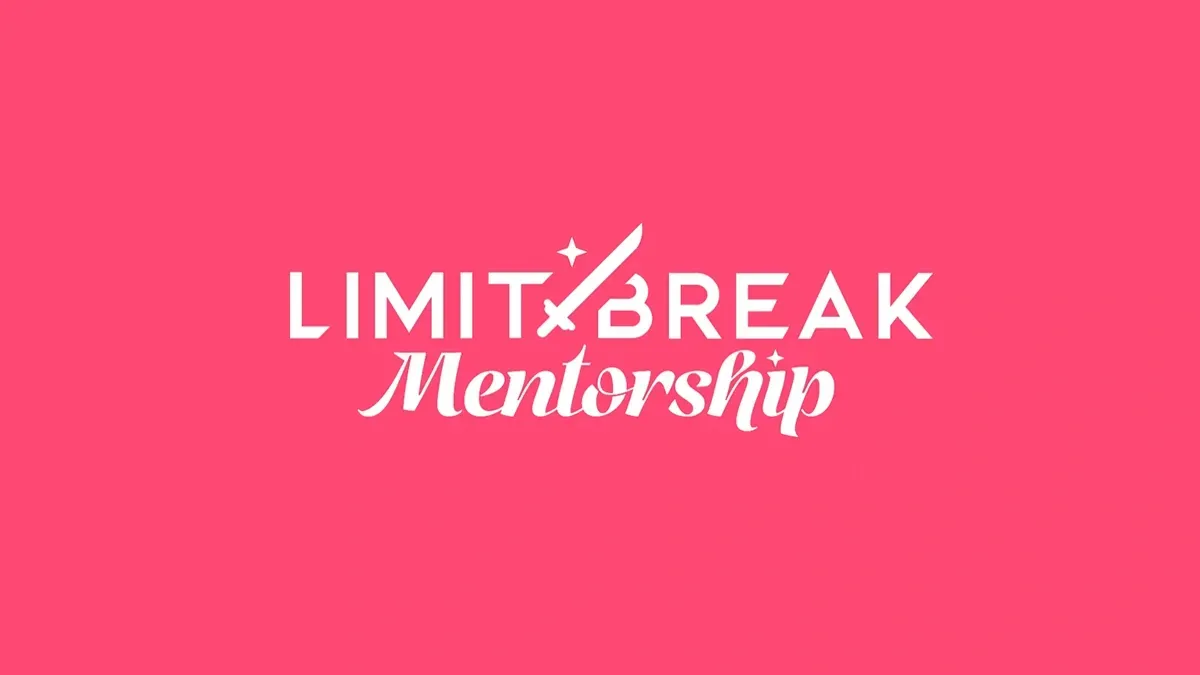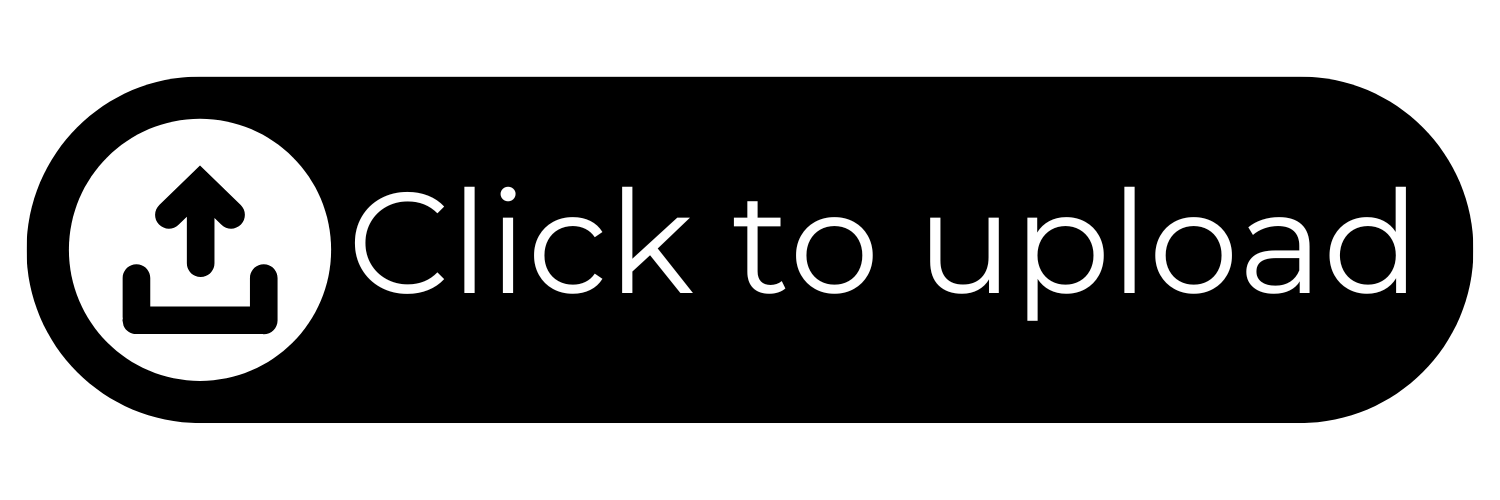Insights & Advice

By Liz Prince
•
September 10, 2025
Caroline Stokes is described as a leadership strategist for the ‘5th Industrial Revolution’. And some of you may know her from her days working in the games industry at Sony, where she helped to launch the original PlayStation, plus Virgin Interactive and Nokia. In more recent years, she’s evolved from executive headhunter to an authority on psychological and strategic leadership reinvention via her executive coaching business FORWARD – and she has just authored a new book - AfterShock to 2030: A CEO’s Guide to Reinvention in the Age of AI, Climate, and Societal Collapse. I’ve had the pleasure of talking to Caroline about her background, her work and the blueprint her new book offers to the progressive and forward-thinking C-Suite…

By Stig Strand
•
August 11, 2025
In today’s era of social media scrutiny, it’s no longer enough for a company to emblazen its values on a website or in corporate messaging. As we’ve seen from news reports in recent weeks, for senior leaders, every handshake, every reaction, every off duty moment can become tomorrow’s headline.

By Liz Prince
•
April 8, 2025
Games mentorship initiative Limit Break has announced the opening of applications for mentors and mentees for its 2025 programme. This will be the seventh year of Limit Break Mentorship, which continues its mission to level up diversity and representation in the games industry through connecting people from under-represented and minority backgrounds with experienced industry mentors. Founded in 2019 with just 100 members, the organisation has seen rapidly increasing demand for its programme, engaging with over 1,600 mentors and mentees in 2024. The scheme offers a unique opportunity for members to develop their skills and knowledge, supporting professional growth and helping to contribute to an industry future that is rich with diversity and passion. Through a structured six-month mentorship, mentees from a wide variety of backgrounds and disciplines are matched with experienced volunteer mentors drawn from all corners of the industry. Based on monthly one-to-one meetings, coupled with access to exclusive online events, resources and guidance, the scheme is designed to empower both mentors and mentees to build connections and expand their skills and knowledge, as part of the thriving Limit Break community. Anisa Sanusi, Founder of Limit Break said:“Everyone at Limit Break is passionate about supporting diverse talent in our industry, and we’re really excited that we are able to run our mentorship program for a seventh year." Limit Break Director Dan Thomas added: "It is a hugely challenging time for the industry at the moment, but we believe mentoring can play a really important role in our current context, far beyond the Limit Break program, by helping our members build long-lasting connections and grow, develop and be inspired as part of an inspiring and supportive community.” Mentee applications are open to anyone based in the UK and Ireland currently working in the games industry or seeking to enter it, and who identifies as part of a marginalised or under-represented gender, orientation or ethnicity group, in addition to neurodiverse people and those with disabilities. Applications are welcomed from any prospective mentors with over three years of relevant industry experience. Potential mentors and mentees can apply now until April 25th through the Limit BreakMentorship website here.







